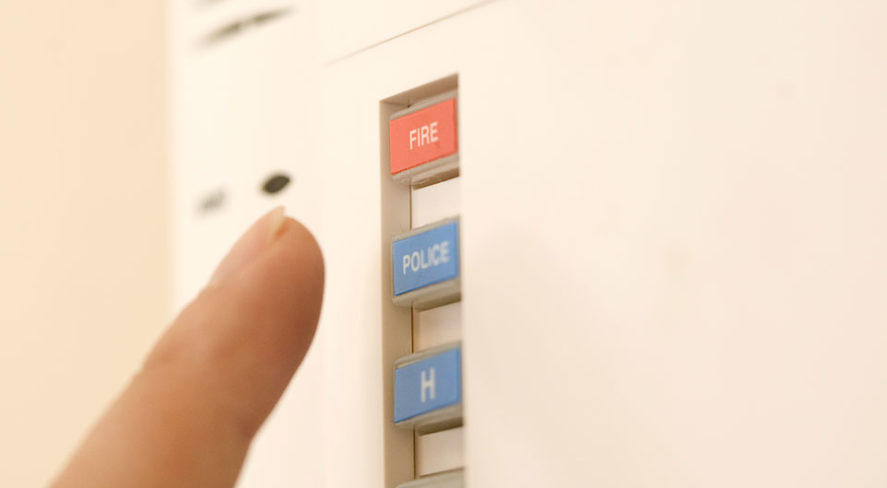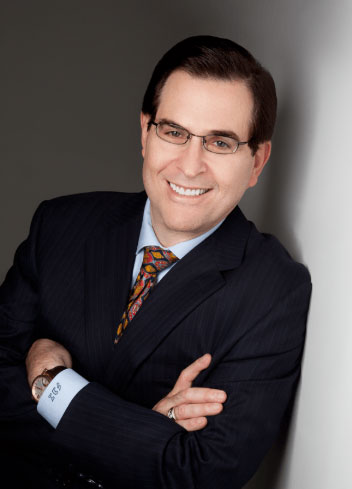Alarm Science: Our Industry Cannot Make Assumptions When It Comes to Life Safety

No fire alarm notification by the remote station after receiving fire alarm signal(s) and then a cancel abort signal needlessly increases risks to consumers, alarm companies and central stations

It is better to explain to a client why the remote station notified the fire department than to have to tell them why the remote station took no action.
When a remote station receives a fire alarm signal, it will either attempt to verify the signal or immediately notify the fire department subject to the requirements of the authority having jurisdiction (AHJ); however, many remote stations have chosen to take no action whatsoever if they receive cancel/abort signals subsequent to their receipt of fire alarm signal(s) being transmitted from the protected premises to the remote stations. In other words, the fire department is never notified.
Against the foregoing backdrop, the professional and technical community of the fire alarm industry knows that just because a subscriber turns off and/or resets their system, it does not indicate that the fire alarm’s activation is not an actual fire emergency. In fact, it tells the remote station that someone is in the home, and the facts will prove that the fire alarm in the premises did in fact detect the visible and/or invisible particles of combustion as a result of an emergency fire event.
In other words, despite the remote station understanding that there are person(s) in the home (based upon the key pad being reset, triggering a cancel abort signal), the remote station may be found to have acted with a conscious indifference to the safety of the occupants at the premises.
Notwithstanding the foregoing, when a fire alarm system activates in a home, it is abundantly common for subscribers to instinctively believe that the alarm was false. Accordingly, no remote station can just decide to blindly disregard notifying the fire department upon their receipt of a fire alarm signal(s) just because it is followed up by a cancel abort signal.
From a technical perspective, some may argue that if the fire alarm can be reset from the remote station key pad, then this proves that the alarm is false since an actual fire would keep smoke in the sensing chamber of the detector(s) and/or contaminate it so that it remains in alarm, thereby not allowing the subscriber to reset their system.
Based upon a myriad of uncontrollable conditions which occur during the different stages of a fire, many experts would disagree. To the extent, there is a suggestion that if only one smoke detector activates inside a home, it is likely false (since more than one smoke detector will generally activate on a fire alarm system) is nothing less than erroneous and fails to take into consideration that more than one smoke detector may be connected to one zone of a system and as to the unlimited characteristics of fire.
With this in mind, to the extent the remote station does not immediately notify the fire department or verify that the fire alarm signal was a false alarm with the subscriber, when in fact it is, the results can foreseeably be catastrophic and cause increased property damages, serious personal injury and even death.
The decision to take these types of actions and/or inactions are generally done without the knowledge, consent and authority of subscribers and/or the AHJ, and/or they are done in deviation to statutory fire codes and/or in deviation to what the alarm contractor and/or remote station represents that its services provide to the public. It is also important to note that if you violate a statutory fire code(s), it can void your contract ab initio, rendering all protective clauses invalid.
For instance, assume that your subscriber gives you an instruction either verbally, in writing or both not to ever dispatch the fire department to his home and to only text his cell phone. Subsequent to that, the remote station receives fire alarm signal(s) from this customer’s home, it texts the subscriber and full clears the account. Dangerously, in this instance, the fire alarm signal(s) received were the result of an actual fire which not only destroyed the home but also seriously injured one of the occupants in the premises.
The plaintiff files suit against the alarm contractor, and as a defense, the defendant alarm company and remote station attempt to use the written instructions received by the plaintiff not to ever dispatch the fire department and to just text him. In response, the plaintiff argues that the instruction received and accepted by the alarm company and/or remote station violated the adopted statutory fire codes in the state whereby it is specifically prohibited for any remote station not to notify the fire department when a fire alarm signal is received.
Consequently, the acceptance of these instructions by the defendant alarm company and/or remote station directly violated the fire code, which overrides the instruction of the subscriber and makes the defendant’s arguments unsustainable.
As elaborated to previously, any predetermination to take no action on a life safety fire alarm system removes all of the mission-critical benefits of having a monitored system. Why? Because immediately notifying the fire department allows the authorities to get to the home and try to help any of the occupants out who could not self -rescue and/or who were overcome by toxic smoke and/or carbon monoxide. Stated differently, 24-hour, 365-day central station alarm monitoring is not tantamount to selective monitoring, especially where life safety is at risk.
It is also important to amplify that most fatal fires occur when families are asleep, and when a fire emergency happens, occupants inside the home only have about 2-3 minutes to escape before the premises become untenable. Simply put, time is the most important commodity when it comes to fire protection.
Accordingly, to the extent that a remote station has this template as their standard and/or customized inaction plan, being that they will not notify the fire department upon receipt of a fire alarm signal(s) just because it is followed by a cancel abort indication, will dramatically increase the propensity of increased property damages, serious personal injury and even death to any/or all of the occupants inside the home.
Coming full circle, if a subscriber disarms their alarm system as a result of a smoke detector(s) activating their system, it is not tantamount to any factual basis that supports that no fire emergency exists within the premises, nor can any remote station make this assumption since it violates NFPA 72, nationally recognized industry standards and best practices.
Clearly, not notifying the fire department provides no life safety benefit to the subscriber and needlessly increases their risk. Remote stations and/or alarm dealers have to stop looking for ways to minimize their costs through the process of eliminating or minimizing central station operator handling time on any of the accounts for which they are duty-bound to provide 24-hour monitoring services.
The institution of activity suppression is a recipe for disaster of which the alarm contractor and/or the remote station are the architects. Alarm companies hold themselves out to the public as experts in providing security systems that are designed to help to protect subscriber’s families and property from the risks associated with intrusion, fire and life safety. With this in mind, the choices an alarm company and/or central station makes may impact upon the effectiveness of how the system operates and/or fails to operate in an emergency situation.
Jeffrey D. Zwirn, CPP, CFPS, CFE, SET, FASI&T, CHPA-IV, MBAT, NFPA 3000(PS), is president of IDS Research and Development, Inc., and a nationally recognized alarm expert, consultant and training authority with over 45 years of unparalleled and specialized education, skill, knowledge, training, experience and peer-reviewed credentials in the alarm and security industry, Jeff is a 24-year active designated expert instructor to the New York City Police Department and has been a member of the Security Industry Association for 24 years.
The views and opinions expressed in guest posts and/or profiles are those of the authors or sources and do not necessarily reflect the official policy or position of the Security Industry Association.
